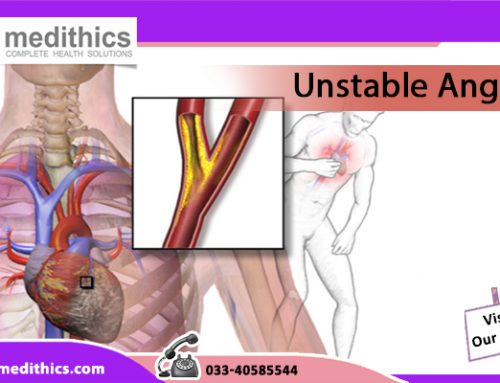The heart gets a lot of help in doing its work from a left ventricular assist device (LVAD). In order to help your heart push out oxygen-rich blood, the cardiologist puts it inside your chest. The people, who have undergone open-heart surgery and need to give rest to their heart, get a lot of benefits from LVAD. If some people are going to go through a heart transplant and their hearts cannot do their work effectively, this device is helpful for them. There is also the use of a permanent LVAD in people, who can’t go through heart transplantation due to poor health even though they need it.
Overview
There are both similarities and dissimilarities between an LVAD and your heart. They are similar as they are both basically pumps. The difference between them lies in the fact that LAVD needs to be recharged through its power pack at night, unlike your heart.
The heart specialist in Kolkata attaches one end of the LVAD to your left ventricle and attaches the other end to the aorta. He/she then passes a tube through your skin and connects it to the device. A material is used as the coating of the tube, which helps heal the area faster. The heart doctor plants the LVAD along with its wires by performing open-heart surgery. The parts which remain outside consist of a rechargeable power pack, a reserve power pack and a computer controller.
Before the treatment
You will get a clear idea of the surgery from your heart specialist. You may have to undergo various X-rays and tests for evaluation of your body. The particular area of your body will be shaved and cleansed to perform the surgical procedure.
The procedure
You will be put under sleep by giving you general anaesthesia. The duration of the total procedure is 4 to 6 hours. You will be able to breathe through a tube that runs down your throat while you will be connected to a ventilator throughout the process.
The cardiologist in Kolkata will perform the surgery after making an incision in the centre of your chest. Then he/she will separate your chest bone and open your rib cage. Your heart may remain at a static state during the LVAD implanting process. Your body will function through a bypass machine during the process in such a case.
Recovery
After the LVAD implant, you may remain in the ICU for 4 to 5 days. The doctor will continuously monitor your heartbeat and you will be connected to a ventilator. There will be catheters and IVs connected to your body for monitoring and passing of medicines. There will be the drainage of fluids from your chest through chest tubes. The heart doctor will ultimately perform an echocardiogram for testing whether there is coordination between the functioning of the device and your body.





